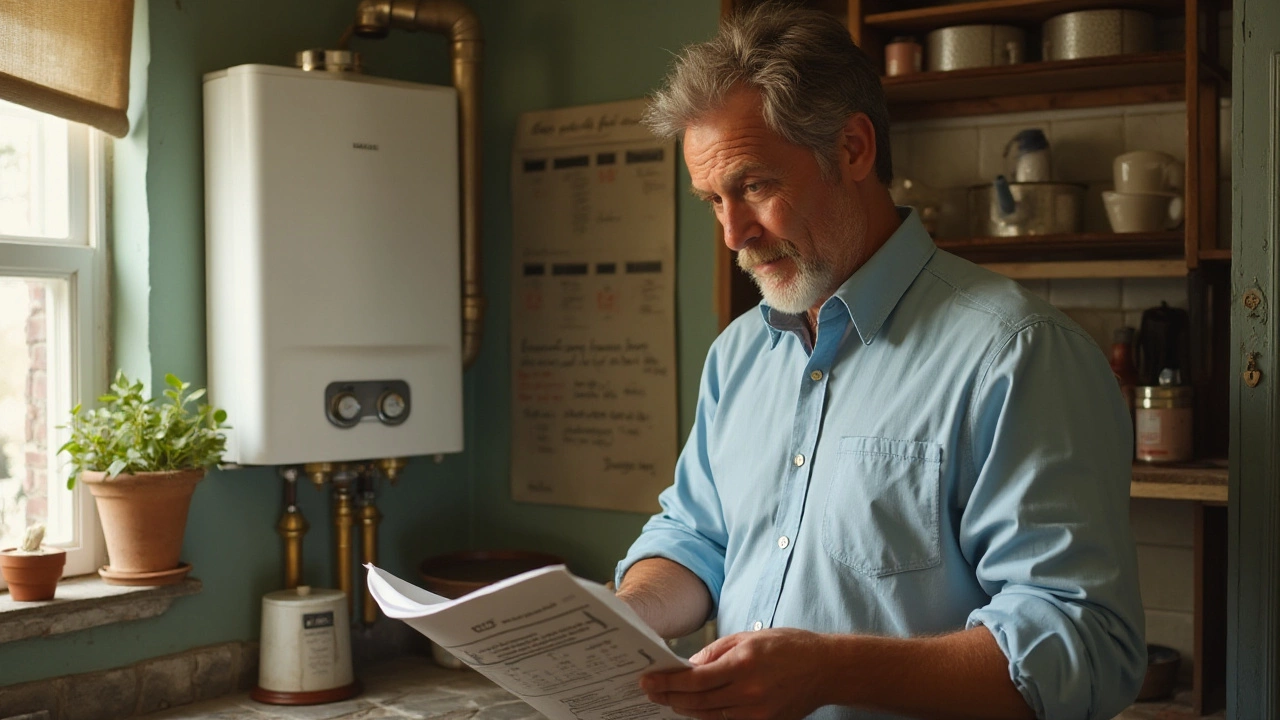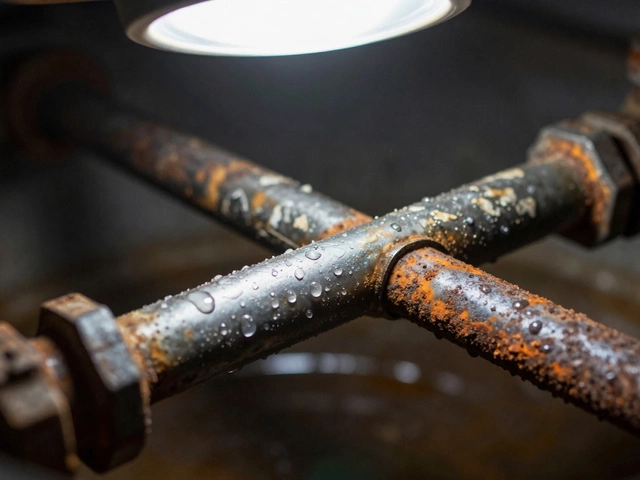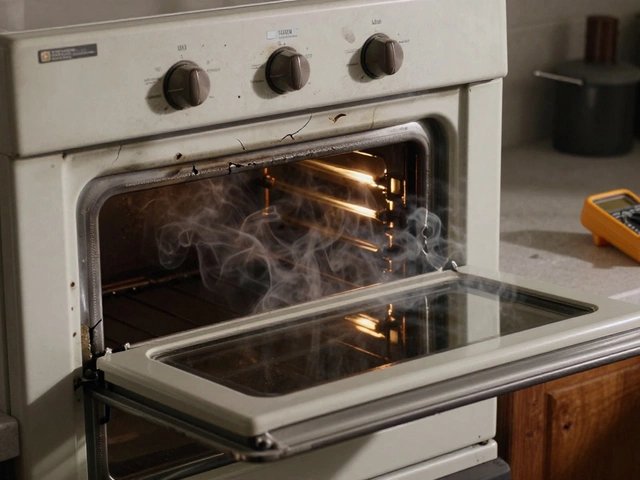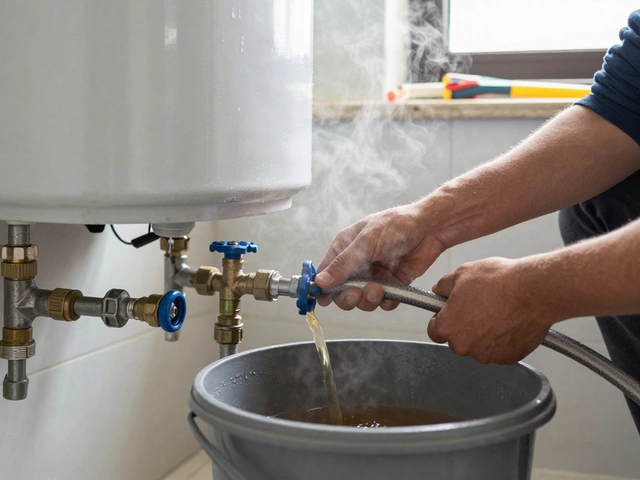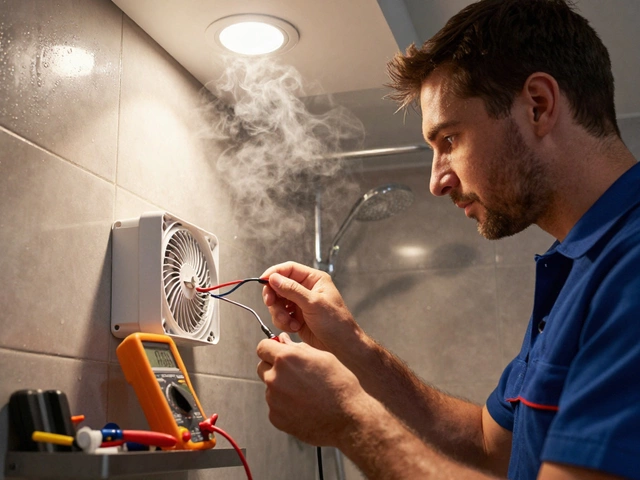Heater Flushing: Keep Your Home Warm and Efficient
If your radiators take forever to heat up or your water heater feels sluggish, the culprit is often sludge and mineral build‑up inside the system. Flushing the heater clears that gunk, restores flow, and saves energy. In Hinckley, many households skip this simple maintenance and end up with higher bills or costly repairs. Below is a no‑nonsense guide to understand, plan, and execute a heater flush that actually works.
When and Why You Should Flush Your Heater
Over time, hard water leaves limescale on pipes, and corrosion creates rust particles. These particles settle at the bottom of boilers, water tanks, and radiator loops, reducing water circulation. You’ll notice a few tell‑tale signs:
- Radiators heat unevenly or stay cold on one side.
- Hot water takes longer to reach taps.
- Unusual knocking or gurgling noises when the system runs.
- Higher fuel or electricity bills without a change in usage.
If any of these sound familiar, a flush is overdue. Most professionals recommend a full flush every 2‑3 years for hard‑water areas, but a DIY flush can keep things smooth between visits.
DIY Flush vs. Professional Service
A DIY flush works well for small‑scale systems like a single water heater or a few radiators. You’ll need a garden hose, a bucket, and a flush kit (often sold at hardware stores). The steps are:
- Turn off the power and shut the water supply.
- Attach the hose to the drain valve and open it, letting the old water flow out.
- Close the valve, fill the system with fresh water, and repeat the drain cycle 2‑3 times.
- Finish by refilling the system, bleeding air from radiators, and checking for leaks.
For central heating boilers, larger radiators, or systems with sealed‑in pipes, a professional flush is safer. They use a power flushing machine that pumps cleaning solution at high pressure, breaking up stubborn scale and flushing it out completely. The pros also inspect the pump, valve, and expansion tank, catching hidden problems before they turn costly.
Cost-wise, a DIY flush might run under £30 for supplies, while a professional service in Hinckley typically costs between £120‑£250 depending on system size. The upfront price can be a bit higher, but the thorough clean often extends boiler life by several years and reduces the chance of emergency breakdowns.
Regardless of who does it, routine flushing offers three big benefits:
- Better heat output: Clean pipes let water move quickly, so rooms warm up faster.
- Lower energy bills: The boiler doesn’t have to work as hard, cutting fuel use.
- Longer equipment life: Removing corrosive sludge slows wear on pumps and heat exchangers.
If you’re not comfortable handling the drain valve or bleeding radiators, call Hinckley Home Appliance Repair Services. Our technicians know the local water hardness and can tailor the flush to your exact system.
Remember, a quick flush now can prevent a flat‑out heater later. Schedule a check‑up before the cold season, keep an eye on those radiator signs, and enjoy steady warmth without surprise breakdowns.
14 November 2024
·
0 Comments
To maintain the efficiency and longevity of your water heater, regular flushing is crucial. This article delves into how often you should flush your water heater, providing insights into the signs and benefits of regular maintenance. Learn why sediment buildup can be a problem and discover practical tips for DIY flushing. Explore different types of water heaters and the unique maintenance needs of each.
Read more

